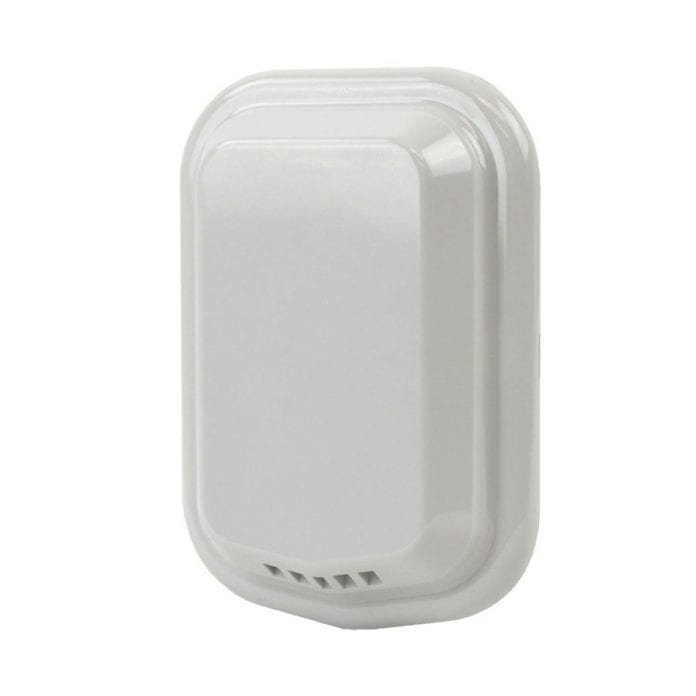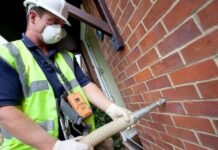Last Updated on June 2, 2023 by
For many industrial applications, it is important to consider non-metallic, electrical enclosure ventilation options. For example, Typically, all electrical enclosures should include measures to limit interior heat rise. This is needed to protect sensitive, electronic components from failure, especially when housed in cabinets with power devices that generate significant levels of heat.
Table of Contents
Where is electrical enclosure ventilation needed?
Most industrial process facilities will need ventilator and filter kits for non-metallic electrical enclosures. This is due to the use of power supplies, VFDs, and transformers with electrical cabinets – all heat-generating, power devices. But you should also consider ventilation options for polycarbonate or fiberglass electrical enclosures when they are situated in areas where heat can be a nuisance. These include:
- Hot works processes like welding, cutting, or brazing
- Industries that use high heat sources – metals, paper, bakeries
- Indoor or outdoor locations with high ambient temperatures
- Agriculture, solar, mining, oil and gas well operations
Electrical components have a thermal rating. This means that heat load in fiberglass or polycarbonate electrical enclosures should not be ignored. This includes the ambient temperature in hot climates.
The benefit of ventilators and filter kits
Ventilation kits are needed to circulate air within electrical cabinets, while also removing moisture and equalizing pressure. Cabinet ventilators mount to enclosure walls and feature a gasket that provides an effective seal against moisture infiltration. They should be paired with filter kits when used in industries that have airborne particulate matter like dirt, dust, fibers, or chemicals.
Not only will ventilators equalize internal /external pressures and temperatures in electrical enclosures, but they also assist in condensation prevention by allowing enclosures to breathe. Best practices dictate that ventilators perform best when used in pairs – such as a ventilation kit and a filter kit.
When considering ventilation options, choose between passive or active ventilator designs. For example, passive enclosure ventilation may use vent holes cut into the enclosure mated with filter kits to cool smaller and lower power electrical enclosures.
Industrial Ventilator Kit Options
Active or forced air ventilation kits will use mechanical means such as blower fans or a cabinet-mounted air conditioner to actively circulate and cool the air in the enclosure. For large electrical enclosures or those with high input voltages, and those cabinets that contain heat-producing power devices, forced air is often required as it is more effective than passive ventilation.
For tough, industrial applications, consider a ventilator kit with a sealed gasket system and 316 stainless mounting fasteners for maintaining a NEMA 4X enclosure rating. And since our fiberglass and polycarbonate thermoplastic materials are corrosion resistant, you can expect these external enclosure accessories to be durable.
At Allied Moulded, we have taken special design considerations with our NEMA 4X enclosure ventilation kit. The baffles are designed to allow for exceptional airflow into the enclosure while preventing rain or hose-directed spray from penetrating the enclosure.
Visit Allied Moulded Products Inc to browse our selection of ventilator kits and filters specifically designed for polycarbonate, fiberglass, and other non-metallic electrical enclosures. We provide the right ventilator and filter kit products for both small and large electrical enclosures.
Why electrical components within non-metallic electrical enclosures are crucial for smooth operation?
The safety and longevity of electrical components within non-metallic electrical enclosures are crucial for the smooth operation of any electrical system. Ventilation is an essential factor in ensuring the proper functioning of electrical enclosures by preventing overheating and ensuring the free flow of air to dissipate heat generated by the electrical components. There are several options available for ventilating non-metallic electrical enclosures.
One option is the use of passive ventilation, which includes perforated panels, louvers, and vents that allow air to flow freely into and out of the enclosure. Another option is the use of active ventilation, which involves the installation of fans or blowers to provide forced airflow into and out of the enclosure. Both passive and active ventilation options can be used in conjunction with each other for optimal heat dissipation.
Additionally, there are specialized ventilation options for specific applications, such as explosion-proof enclosures that require explosion-proof fans to prevent sparks or hot particles from igniting flammable or explosive gases. For outdoor enclosures, weatherproof vents can be used to prevent the ingress of water and other environmental contaminants.
It is important to choose the correct ventilation options for non-metallic electrical enclosures based on the specific requirements and conditions of the application. Proper ventilation can not only improve the performance and longevity of electrical components but also ensure a safe and reliable electrical system.



























